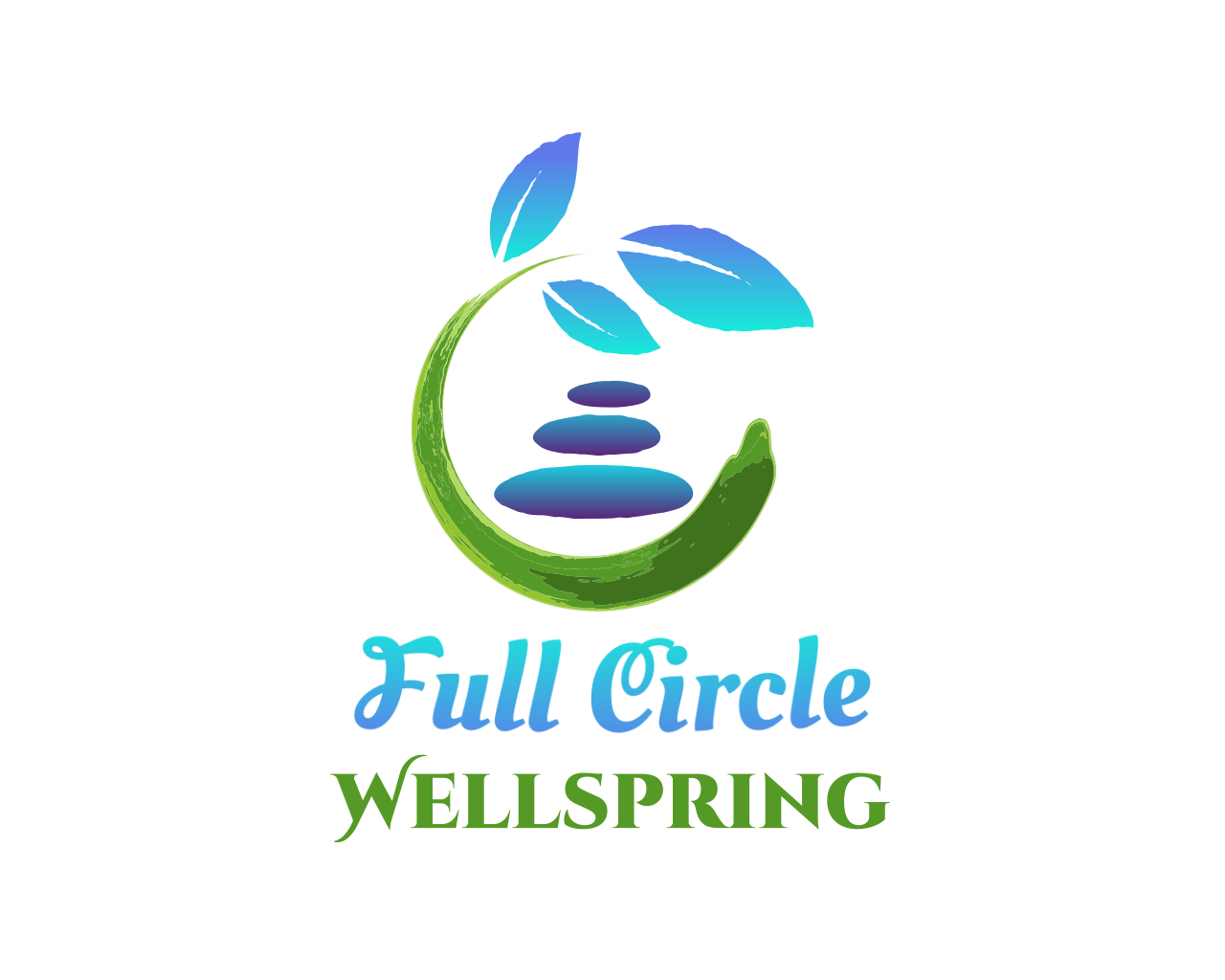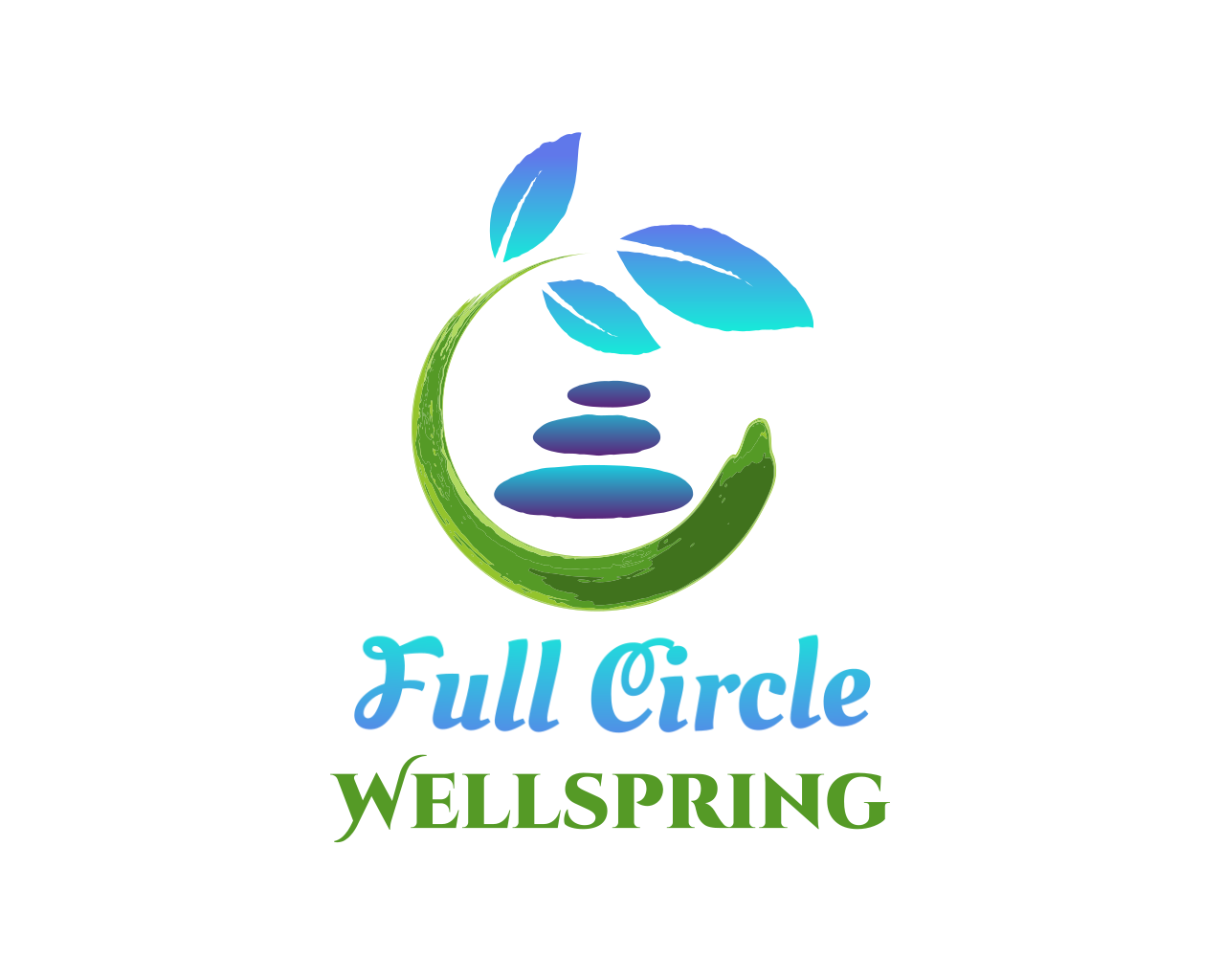Full Circle Fridays|Week 25: Yoga
Author Note: If you prefer to listen or watch instead of or along with -
Check out the YouTube video and/or the Podcast audio.
Commonly considered a spiritual practice, yoga itself comes from a Sanskrit word meaning “to unite”. Essentially, yoga is about uniting the body and mind. This practice is aimed at bringing harmony to the whole system, so I try not to focus on the fact that it’s spiritual in nature as that may be triggering for some. Thinking of it as a harmony between mind and body and your human spirit is my best definition. The reason I love this resource is that, so very often, trauma survivors experience quite a disconnect between their mind and body. Dissociation, numbing, medicating, and the like are all protective coping skills that keep the mind from feeling into the body and the body from being recognized by and communicating with the mind. Unlike just using the breath as with meditation or breathwork, yoga is an active use of the body while focusing on the breath, linking it gentle to the movements of the poses, and deepening stretches with the relaxation of the exhale.
While I understand this practice isn’t for everyone, and I personally and by proxy know many survivors who dislike yoga, it’s a practice that comes with my high recommendation to at least try. If you end up in the bucket of yoga-scorners, that’s totally okay. Giving it a bit of an upfront effort though may allow it to become one of your most cherished exercises. Yoga is low-impact, often low-cardio, and generally low-effort on the body. Simply put, yoga is always at your own pace, to cater to your own abilities, with no need to rush or push yourself into a pose or to force your body to comply. It’s like giving yourself a trauma-informed care workout.
Along with the benefits physically in working out muscle tension, stress, and rigidity in the body from the years of enduring what we survivors have endured — yoga also promotes overall wellbeing, stamina, flexibility, and calmness while also centering the mind, grounding the spirit, and strengthening the physical core.
There are many different varieties of yoga which I’ll allow you to explore on other sites that are able to explain them all much better than me. However, I will say that my experience with years of many types of yoga has personally given me a greater depth to my flexibility, emotional tolerance, and allowed me to make room for my shortcomings by offering self-love and self-compassion during practices. I am quite a physically rigid person from years of chronic stress and dysfunction. I carry the weight of joint pain and pretty severe inflammation. Yoga allows for a melting away of that internal tightness, while my mind is able to calm itself with balanced breathing and focus on my mind/body connection.
A great place to start if you’ve never tried it is Hatha Yoga — which is the basic core poses and introductory style to yoga as a practice. My favorite, and one of the more challenging yoga techniques, is called Forrest Yoga. It’s akin to Pilates in its gentle difficulty — still following the generic principles of yoga in that the movements are linked with the breath, being kind to yourself is key, and to show up where and how you are. There is aqua yoga, aerial yoga, and regular floor yoga on a mat. There is guided yoga with hands-on posture correction. Now there is trauma-informed yoga practices so that they are yoga instructors but with a trauma informed background for those who really struggle to get into their body and/or who may possibly get triggered if touched. If you find yoga difficult, there’s a type of bodywork called Thai Yoga Massage where you lay on a mat with clothes on and a trained massage therapist puts your body into yoga stretches and uses gentle massaging to deepen the stretches. You just lay there and focus on your breath and enjoy the relaxing massage.
If the class setting isn’t your taste (or safety/comfort level), there are so many online instructors now. (Shout out to the Pandemic for popularizing home exercise classes.) You also could take a few basic yoga classes, or even read some self-yoga books, just to learn the basic poses, and then practice them completely at your own pace and interest level.
I have a routine, first thing in the morning (after drinking a giant glass of water), of stretching my hips and lower back, and doing basic “cat”/”cow” poses to awaken my spine for the day along with some basic neck rolls and core stretches. To end each day (after usually rolling on my foam roller), I do some chest openers, hamstring stretches after a day of sitting, and full body tension releases before going to sleep.
Yoga has just become a part of my habitual rituals. I encourage you to give it a class or three a try. I can say over the years that I know exactly what I want in an instructor now — so sometimes you have to get through a few classes until you find the right teacher who matches your style. Then, you stalk their class relentlessly! Believe it or not, I have never done a true hot yoga class, although I have done yoga in hot outdoor settings. So a real Bikram yoga class is on my bucket list to try soon, so I’m still even learning! If you have questions about this episode or would like to learn more about bodywork, gentle physical movements, or energy work, feel free to reach out. I would be more than happy to help you resource yourself to try any number of available modalities to help rebuild your mind/body/spirit connection.

